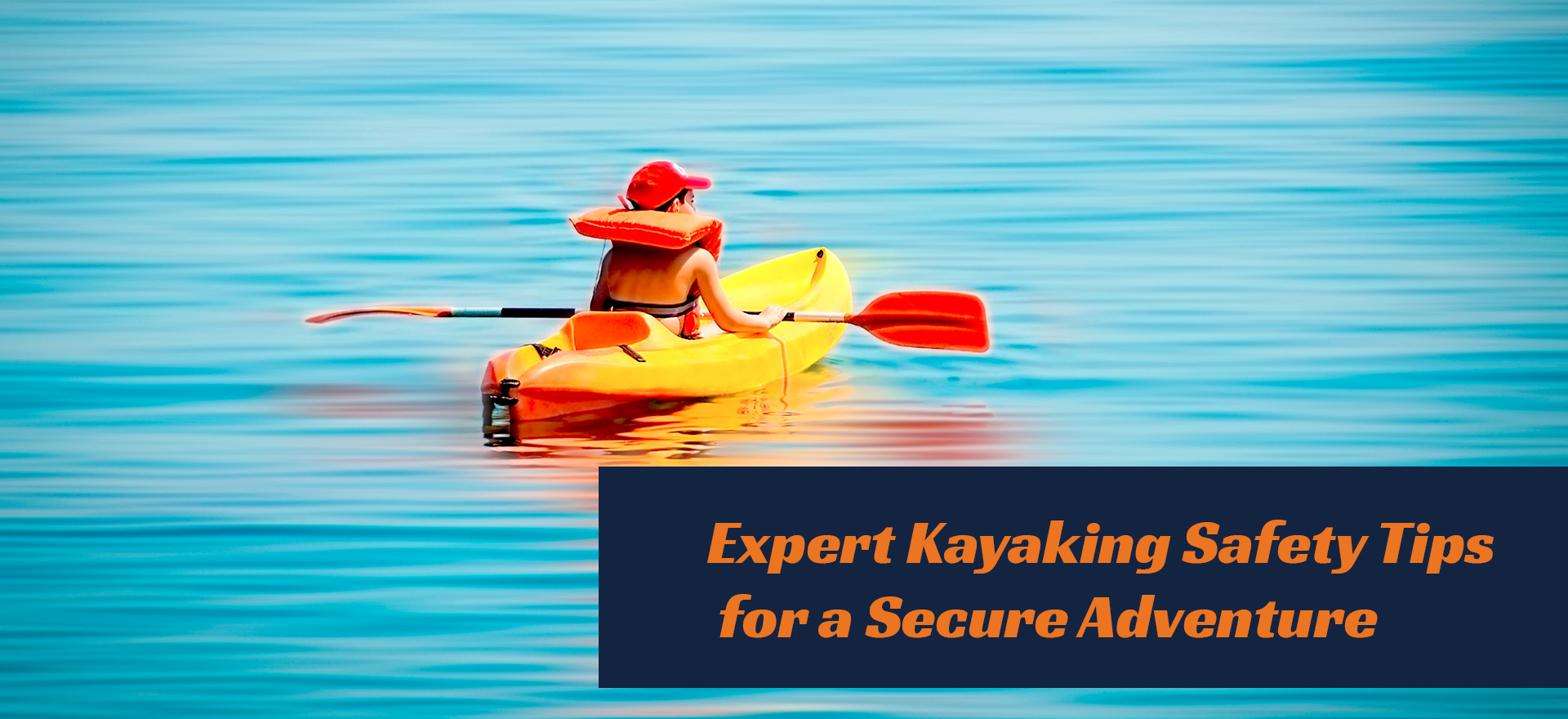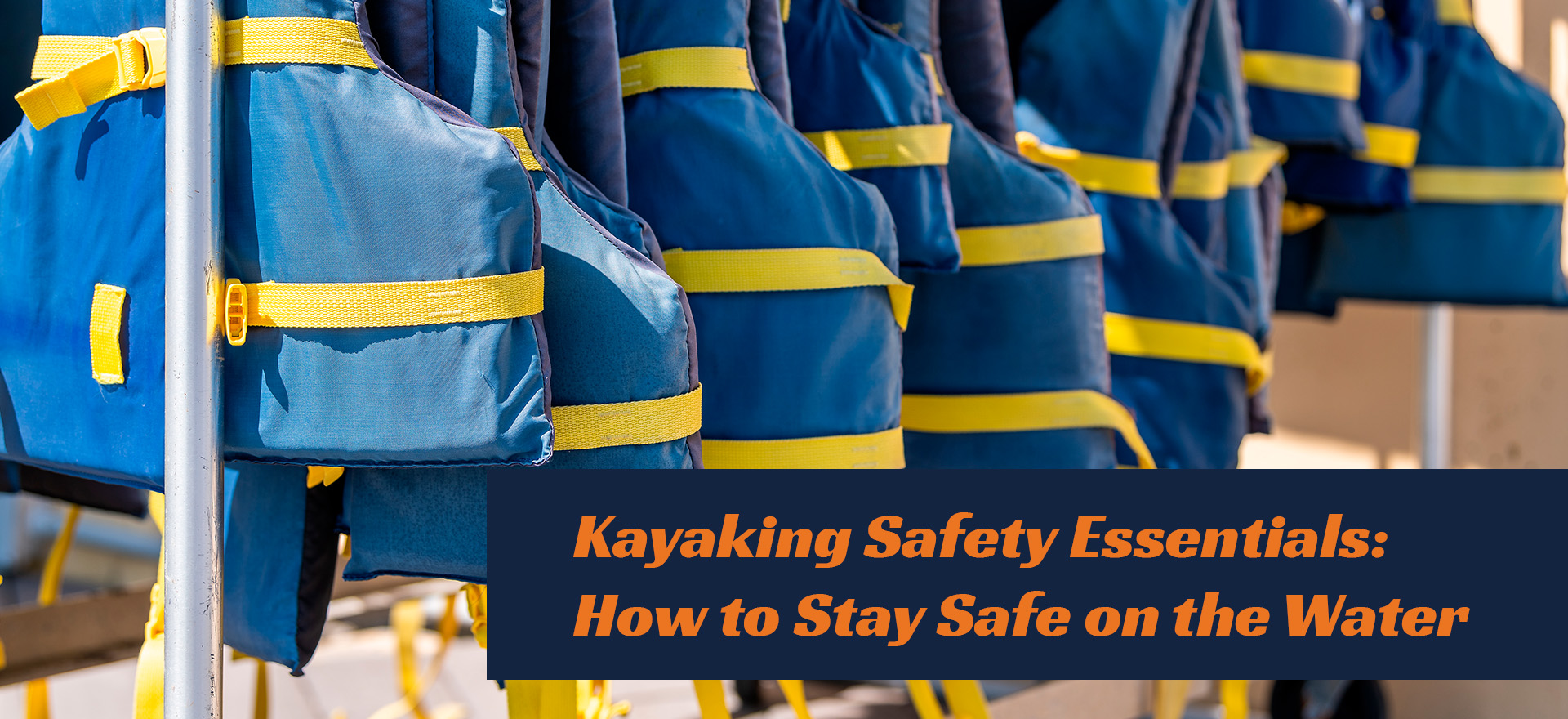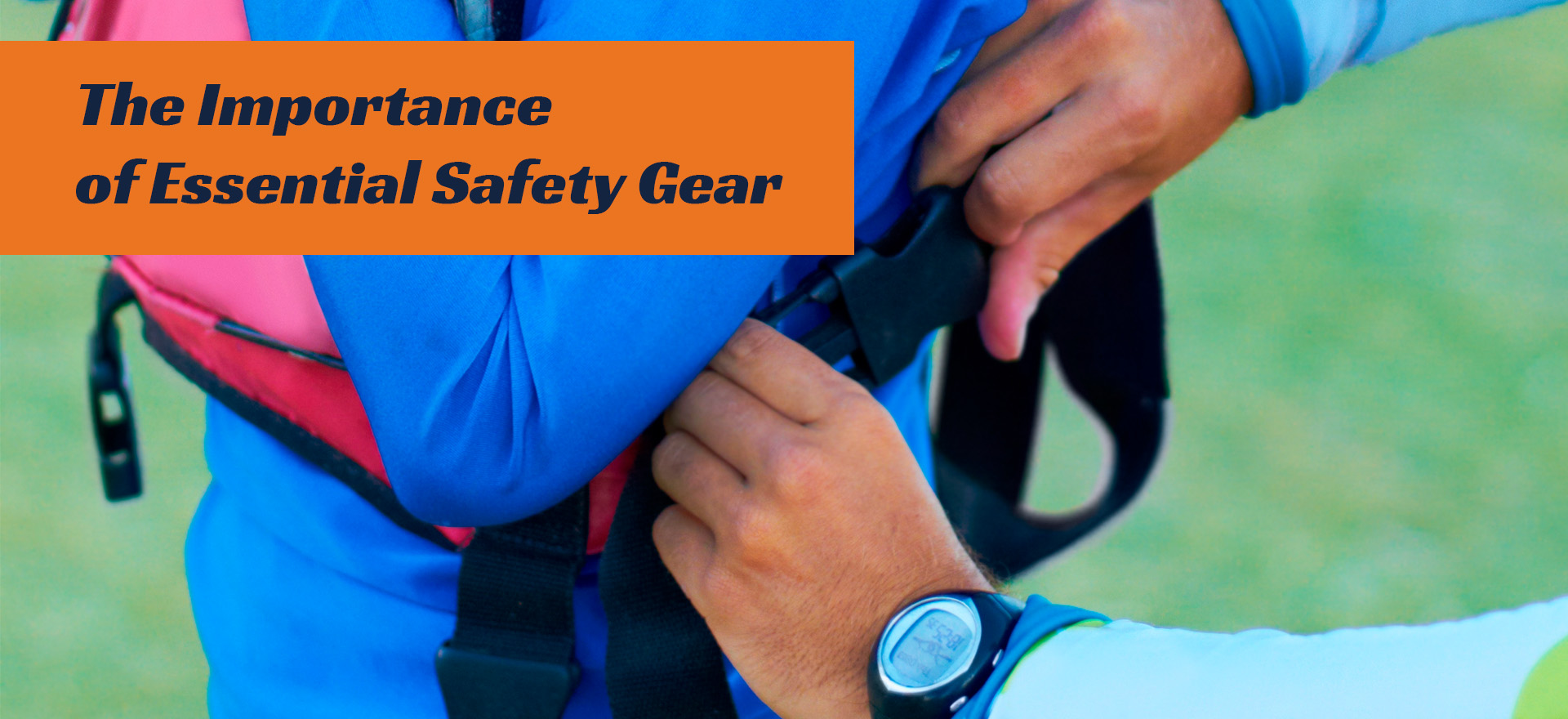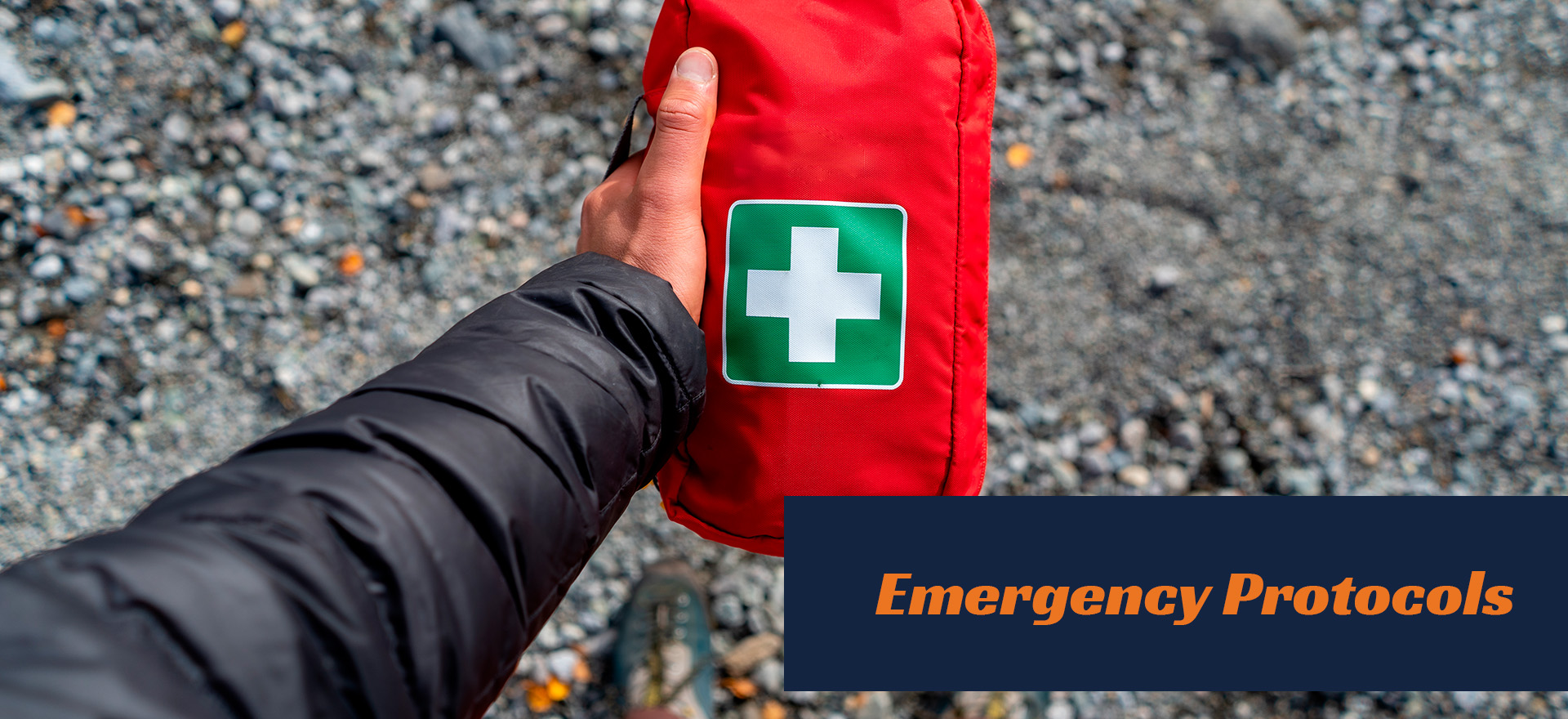Kayaking Safety Essentials: How to Stay Safe on the Water
Embarking on a kayaking adventure offers an invigorating outdoor experience and an opportunity to connect with nature. Blazin’ Paddles, a Las Vegas-based company, excels in providing adventurous and safe kayaking experiences. This article will guide you through essential safety tips and practices to ensure that your kayaking journey, whether as a beginner or a seasoned paddler, is enjoyable and safe.
Embracing Safety: The Foundation of Kayaking
Safety in kayaking is not just about skillful handling of the kayak; it’s about understanding and respecting the waterways you navigate. A satisfying kayaking experience is rooted in safety, and here are the key safety essentials every kayaker should prioritize:
Understanding the Basics: Before embarking on your kayaking adventure, it is important to grasp the basics. This includes familiarizing yourself with your kayak, mastering proper paddling techniques, and knowing how to handle diverse water situations. For novices, Blazin’ Paddles offers guided tours, a perfect starting point to confidently and safely embark on your kayaking journey.
- Carrying a Life Jacket: A life jacket is indispensable to your kayaking gear. It is a regulatory requirement and a potential lifesaver, ensuring buoyancy and protection are needed if you fall into the water.
- Sun Protection: Kayaking exposes you to the sun for extended periods. Applying sunscreen, wearing a hat, and donning protective clothing are essential to prevent sunburn and heatstroke.
- Dry Bag for Essentials: A dry bag is a kayaker’s best friend. It protects your snacks, maps, first aid kit, and extra clothing, ensuring they stay dry even if your kayak capsizes.
- Checking Weather Conditions: Weather can be unpredictable and significantly impact water conditions. Always check the forecast before setting out and be prepared for any changes.
The Importance of Essential Safety Gear
Kayaking is an exhilarating experience, combining adventure with the tranquility of being on water. But safety should always be your top priority. Equip yourself with the necessary safety gear, starting with a personal flotation device (PFD). A PFD is your first line of defense against accidents and is a must-have for every kayaker, no matter skill level.
Additionally, constantly carry a well-stocked first aid kit and reliable communication gadgets. This could be a waterproof phone case or a two-way radio, ensuring you may call for help. These essentials are not just accessories; they are important in your protection on the water.
Weather and Environmental Awareness: Staying Ahead of Nature
Before you set foot in your kayak, check the local weather conditions. Sudden weather changes can transform a calm kayaking trip into a dangerous situation. Awareness of environmental factors, such as water temperatures and potential hazards like rocks or rapids, is crucial for a safe kayaking experience. Also, understand the area’s wildlife and respect their habitat. This awareness ensures your safety and protects the natural environment you’re exploring.
Skills and Training: Your Safety Net
Whether you’re a beginner or an experienced kayaker, continuous learning and training are essential to ensure water safety. Participating in paddling classes and understanding basic safety and rescue techniques can significantly impact how you handle emergencies. Remember that the water can be unpredictable, and having the skills to navigate it safely is paramount. Regular practice and updating your kayaking skills can turn a potentially dangerous situation into a manageable one. Consider enrolling in safety and rescue courses to enhance your kayaking skills and safety awareness, especially if you’re a serious kayaker. Professional instruction can give you the knowledge and skills to handle various situations effectively. In these courses, you’ll learn advanced self-rescue and group rescue techniques and how to respond to emergencies. These courses often cover navigation, river reading, and decision-making, crucial aspects of safe kayaking. The benefits of professional instruction can’t be overstated, as they not only enhance your safety but also allow you to fully enjoy the thrilling experiences that kayaking offers.
Emergency Protocols
Knowing how to respond to emergencies is crucial when out on the water. In the unfortunate event of an emergency, the first step is to remain as calm as possible. If someone in your group is injured or in distress, your immediate priority should be their safety. Ensure everyone is wearing their life jackets properly. To signal for help, carry a whistle or an emergency signaling device and teach your group specific distress signals, such as three loud blows on a whistle.
It’s important to have a throw bag or rescue rope for basic water rescues. If someone is in the water and needs assistance, never enter the water unless you are trained in water rescues. Instead, use your throw bag to reach them, and if possible, have others help with the rescue from a safe location onshore. Calling 911 or the local emergency services number should be your next step if the situation escalates. Communicate your location and the nature of the emergency clearly, providing as much information as possible.
River Classification
Understanding river classifications is vital when planning a kayaking trip. Rivers are categorized from Class I (easy) to Class VI (extremely difficult and dangerous). Each classification denotes the level of technical difficulty and potential hazards. Novice kayakers should start with Class I and II rivers, which feature slower-moving water and fewer obstacles. As you gain experience and skills, you can progress to more challenging rivers. However, kayakers should never attempt a river beyond their skill level, which can lead to accidents and injuries.
Safety Tips for Kayakers: Beyond the Basics
- Know Your Route: Before you embark, familiarize yourself with your kayaking route. Understanding the waterways, currents, and potential obstacles is crucial for a safe journey.
- Buddy System: Never kayak alone. Kayaking with a partner or in a group enhances the fun and ensures someone can assist in an emergency.
- Stay Hydrated and Energized: Carry sufficient water and snacks. Paddling is physically demanding, and maintaining energy is key to enjoying a safe kayaking experience.
- Wildlife Awareness: Educate yourself about the local wildlife if your route takes you through natural habitats. Respect their space and avoid disturbing them.
 Expert Kayaking Safety Tips for a Secure Adventure
Expert Kayaking Safety Tips for a Secure Adventure
Kayaking is an adventure that invites us to explore the beauty of nature while challenging ourselves on the water. Blazin’ Paddles stands as a beacon of safety and expertise, ensuring that every kayaker’s journey is thrilling and secure. Safety is the cornerstone of this exhilarating experience, and the key safety essentials we’ve covered are the building blocks of a successful outing on the water.
By understanding the basics, carrying essential safety gear, staying weather-aware, honing your skills, and following advanced safety tips, you’ll be well-prepared for your kayaking adventure. Remember, it’s not just about conquering the rapids or gliding through serene waters; it’s about forging a connection with nature and appreciating the beauty of our world from a unique vantage point.
So, whether you’re embarking on your first kayaking expedition or a seasoned paddler, embrace safety as the foundation of your journey. With Blazin’ Paddles and these safety guidelines, you can confidently navigate the waterways, soak in the natural wonders, and create unforgettable memories while ensuring your well-being. Stay safe, have fun, and let the adventure begin!




